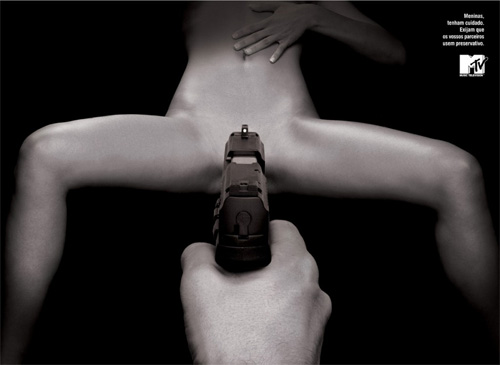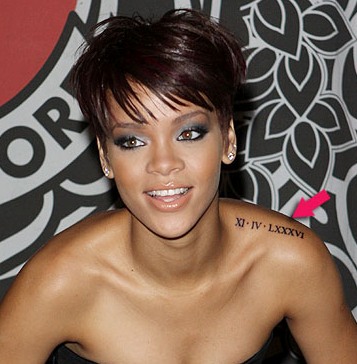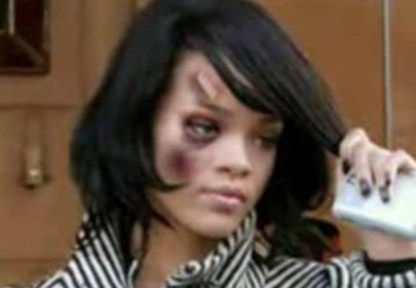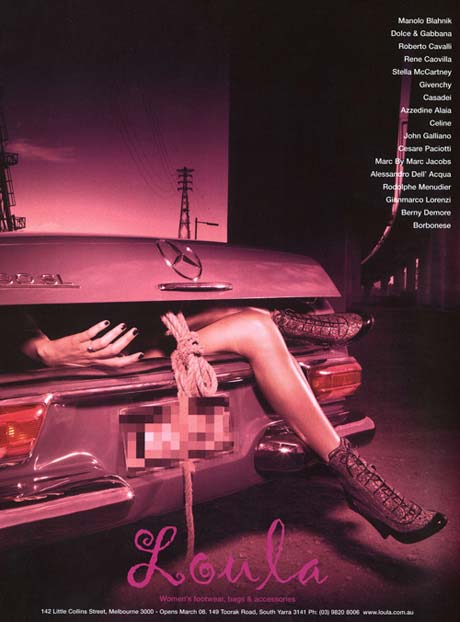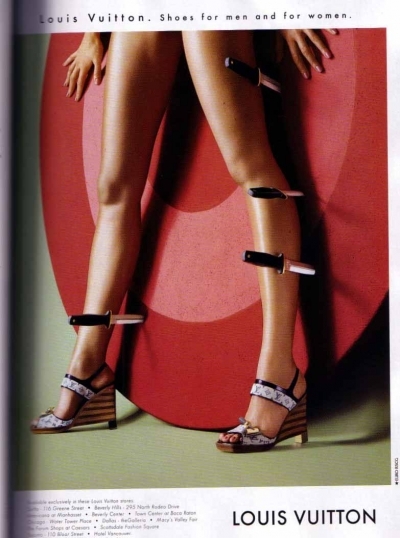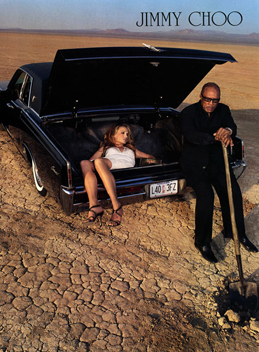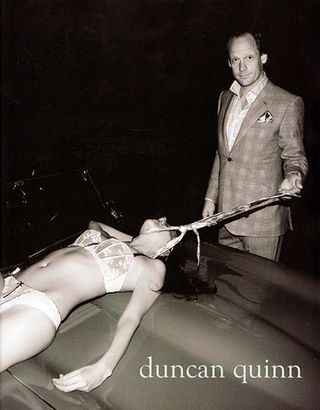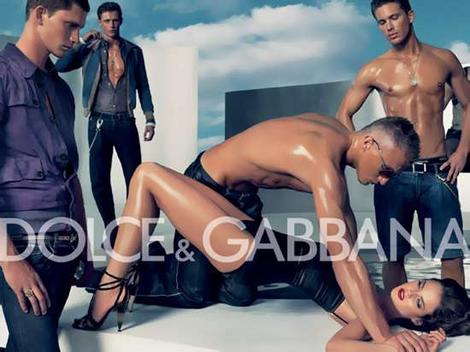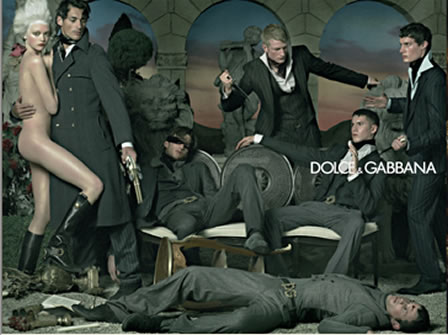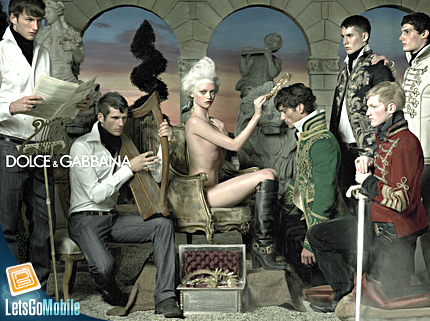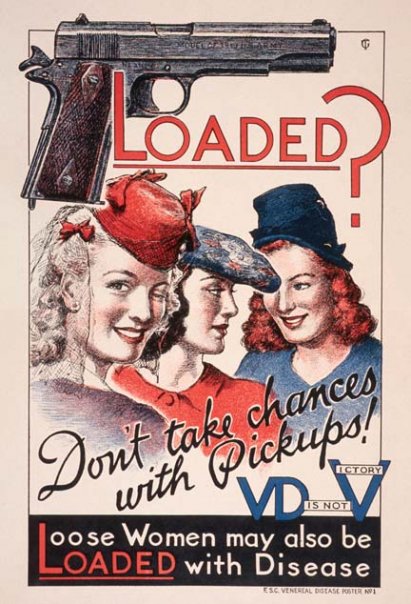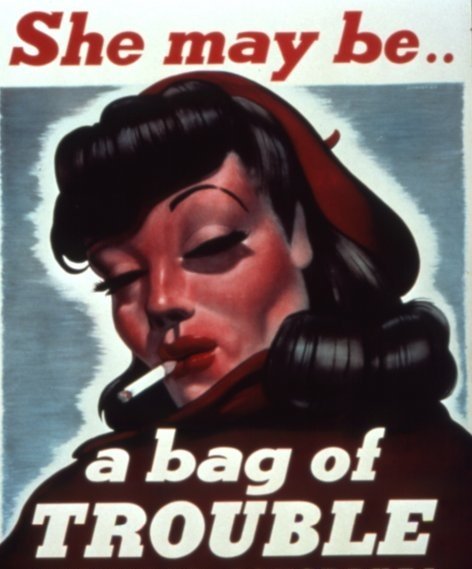YouTube has recently begun changing their policies on the kind of sex and violence that their users may or may not upload onto the site. Currently, YouTube’s ‘new upload’ page has a message that reads like this:
Important: Do not upload any TV shows, music videos, music concerts, or commercials without permission unless they consist entirely of content you created yourself.
Within the Community Guidelines, YouTube says to users:
Graphic or gratuitous violence is not allowed. If your video shows someone getting hurt, attacked or humiliated, don’t post it.
This is an extremely interesting turn of events. As blogger Jackson West recorded in his blog NewTeeVee.com, in 2007 Google had recently purchased YouTube and suddenly the policies of the site changed from letting the user do what they want to what West calls “Violence up, boobs down.” The site was garnering a lot of attention from the media for videos depicting gangs, and violence. This was seemingly a world that many individuals had not been privy to before the invention of YouTube.
Now, it’s not like violence on YouTube is no longer newsworthy. In fact, many school yard fights are still uploaded to YouTube. Then the media follows, beginning with character interviews straight through to sentencing and the forced apology videos posted to YouTube.
If the media is still interested and the public is using it for educational purposes, why the ban on violence when the gratuitous sex issue was resolved by using an age verification system. Why should violence be different?
I ask these questions not because I am pro violence, and not because I’m glad sex is still allowed on YouTube – on the contrary, actually. However, YouTube has become a mass media outlet for the consumer. YouTube has created a medium for the average individual to speak to the world in any way they see fit – the creation of the prosumer (producer-consumer). The more limits that are put on what can and cannot be posted lessen the volume of the prosumer’s voice in the mass media market. We all know that sex sells. We all know that the shock value from violence grabs the attention of the viewer. Without these core aspects of advertising, prosumer videographers will have to find new ways to grab the viewers’ attention. But how will the new ‘shock values’ fare against the mass media’s sex and violence? Things are not looking good for the prosumer.
